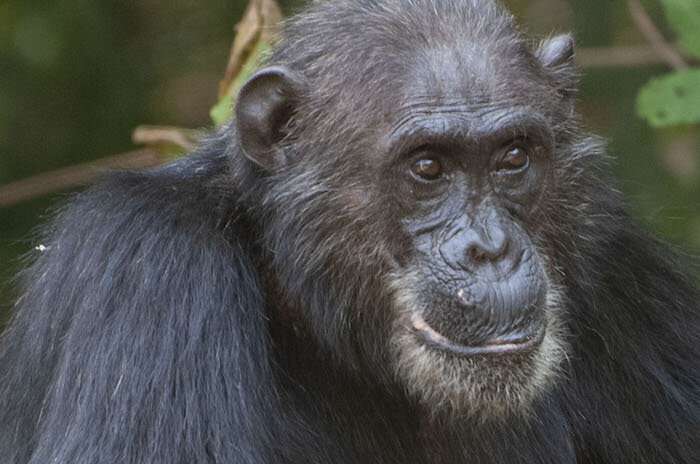

Soon after we arrive, employees open the Chateau's outer gates. The Chateau and four other chimp "villas" punctuate a tall concrete wall topped with electric wire that encircles a forested, 2.5-hectare habitat. At 650 square meters, this is the largest structure on campus and home to two groups of 14 chimpanzees, more than one-third of the 78 animals that live at Project Chimps. Ross, 50, with salt-and-pepper stubble, continues down the narrow road until it ends at a tan, three-story building known as the Chateau. Sanctuaries in the crosshairsĪ staffer drives up and opens the gate. But all of that depends on how the tool performs today at Project Chimps. If widely adopted, he thinks his approach could lead to better lives for chimps in facilities throughout the world. Ross hopes his tool, a pilot project funded by the Arcus Foundation, will give sanctuaries more scientific guidance and help the system keep its trust with the outside world, including the donors critical to its survival. The result: a comprehensive report of what a sanctuary is doing right and wrong, as well as an overall score that the public can see. Based on what the latest science says these animals need, the approach considers everything from the size of chimp social groups to the thickness of their bedding. Today, Ross has arranged to arrive unannounced at Project Chimps to try out a new tool he's developing to assess chimpanzee welfare. (Left to right) FRED RUBIO Alyssa Newberry Leo (left) and Hercules-once the subject of an animal rights campaign to have them declared legal persons-now reside at Project Chimps. "As long as it wasn't born in the past 5 years," he says, "I've met that chimp." By his own account, he has visited every chimp facility in North America, from tiny roadside zoos to giant biomedical operations.
Chimpanzee without hair how to#
He's also one of the country's most respected chimp experts and has published dozens of studies on how to best care for the animals in captivity. The director of ape study and conservation at Chicago's Lincoln Park Zoo, he's a proponent of sanctuaries and the board chair of the world's largest, Louisiana's Chimp Haven.

The facilities have taken on too many chimps too quickly, Buckmaster argues, and lack the resources and experience to properly care for them. government decided to retire its chimpanzees in 2015, she and others in the biomedical community predicted these problems, saying animals would actually fare worse in sanctuaries. "I think sanctuaries are going to be questioned very seriously going forward," says Cindy Buckmaster, chair of the board of directors of Americans for Medical Progress. Similar charges have been leveled against two other major chimp sanctuaries, raising concerns about nearly half of the North American system. Yet, since April, about a dozen former workers have alleged that the sanctuary is jeopardizing the welfare of its apes with inadequate veterinary care, insufficient outdoor access, and failing infrastructure.

Founded just 6 years ago, Project Chimps made a name for itself by promising to retire more than 200 chimpanzees-about one-third of all ex–research chimps at the time-from a major biomedical facility. The refuge is one of about a half-dozen chimp sanctuaries in North America, all designed to give the primates a more natural life than they had in labs, homes, or the entertainment industry. "Providing Lifelong Sanctuary to Chimpanzees Retired from Research." "When I went to Tanzania," he says, thinking back on the first time he saw wild chimpanzees, "it was just like this."Ī green sign on the gate reveals why Ross is here: "Project Chimps," it reads. He steps out of his car into a swath of the Blue Ridge Mountains and watches the cresting Sun illuminate low fog on the wooded hills. MORGANTON, GEORGIA-On a chilly morning in early October, primatologist Steve Ross drives up to a chain-link gate blocking a narrow dirt road in northern Georgia.


 0 kommentar(er)
0 kommentar(er)
